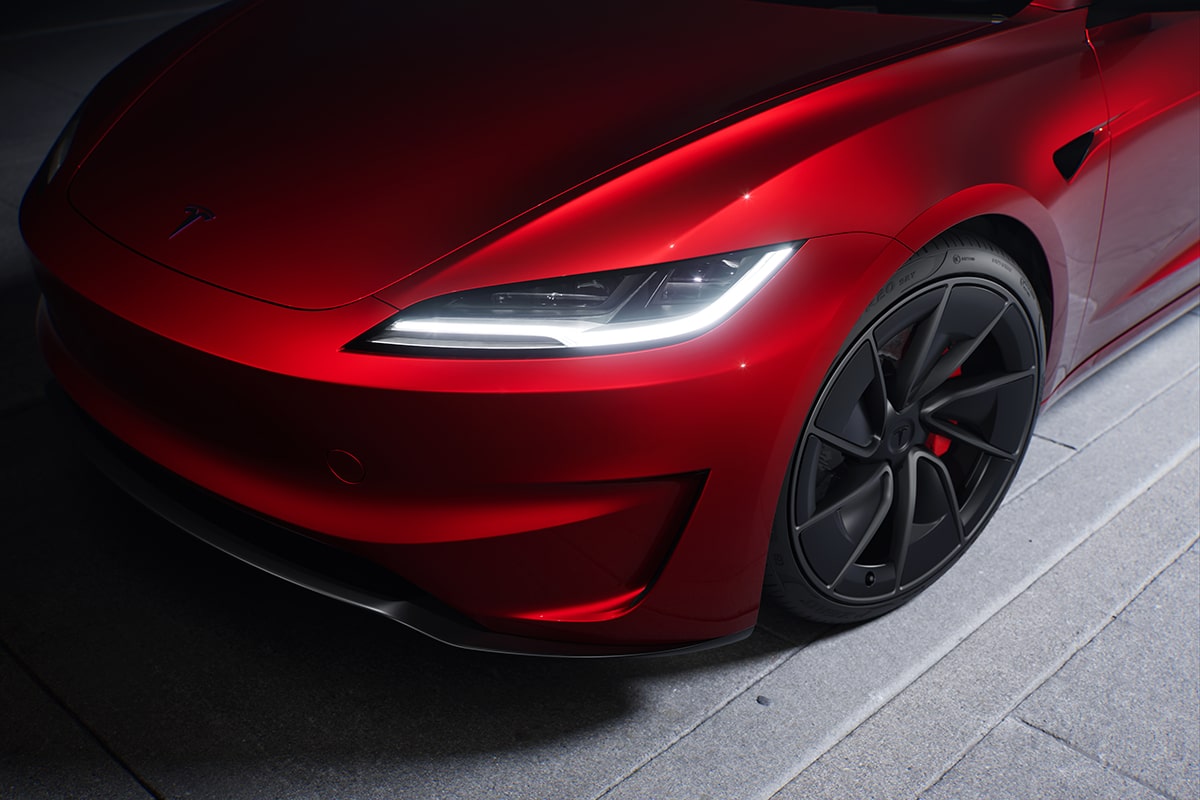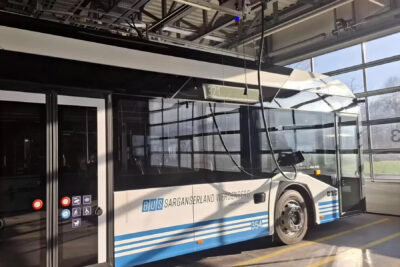Tesla refreshes mid-range models with the Model 3
Tesla is revamping its two mid-range series, Model 3 and Model Y, partly in response to criticism. The most significant changes are to the Model 3 mid-range sedan, whose current Highland update was introduced around two years ago.
The facelift was perceived as a major improvement by both the trade press and the public, but one detail that is very important in everyday use caused discontent: the electric car manufacturer had replaced the classic indicator lever with small buttons to control the indicators. The designers wanted to go their own way in terms of operation and keep the cockpit as minimalist as possible.
However, customers found the whole thing anything but intuitive, which is why the company decided to equip the Model 3 with a conventional indicator lever again with immediate effect. According to Tesla, this is ‘precision-engineered’ and allows for effortless operation.
In addition, the first fully electric million-seller is getting a new front camera that offers the driver an expanded view on the central display. It has a washing and heating function, which should ensure good image quality in all weather conditions.
Up to 750 km WLTP range possible
There have also been developments in battery technology: the NMC battery, previously reserved for the higher-end models, has been optimised and offers approximately five per cent higher energy density thanks to new cells from LG. The energy content is therefore likely to be around 83 kWh instead of the previous 79 kWh. Tesla has apparently been delivering models with the optimised battery packs for several weeks, but they are only now being officially introduced.
Although the prices for the Model 3 remain the same, the new LG cells offer advantages in terms of range: when the standard rear-wheel drive version is fitted with the optional 19-inch wheels, the range according to the WLTP standard is now 520 kilometres instead of the previous 513 kilometres. According to Tesla, the range is 554 kilometres with the smaller 18-inch wheels, but this figure is an estimate by the manufacturer.
The progress is more noticeable in the long-range models – the variant with the maximum range and rear-wheel drive will now achieve 750 kilometres according to WLTP, instead of the previous 702 kilometres. In combination with all-wheel drive, Tesla estimates that the range will be 716 kilometres instead of the previous 678 kilometres. The performance version also benefits from the upgrade and now offers a WLTP range of 571 kilometres. Previously, it was 528 kilometres.
Buyers of the SUV counterpart built in Grünheide, Brandenburg, will also enjoy greater long-distance capability thanks to the new battery cells. At least if they opt for the Model Y Maximum Range with all-wheel drive. In this case, the range increases from 586 to 629 kilometres; however, these are also estimated values.
Source: Info via email
This article was first published by Elias Holdenried for electrive’s German edition





2 Comments